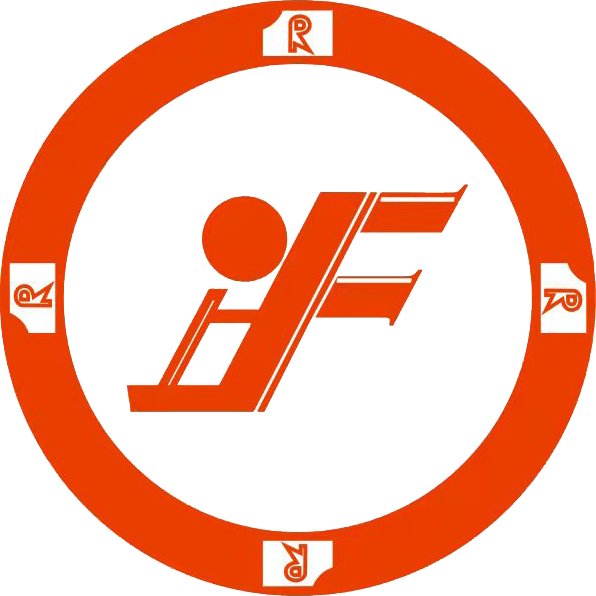In the realm of manufacturing, particularly in Russia, the efficiency of production processes hinges significantly on the quality and reliability of mold parts. Molds play a critical role in shaping products, and any defect or inefficiency can lead to considerable delays and increased costs. This article delves into the essential mold parts that ensure smooth manufacturing operations in Russia.
Understanding Mold Components
Molds consist of various components that contribute to their operation. Understanding these parts is crucial for manufacturers looking to optimize their processes. Key components of molds include:
Mold Base: This is the foundation of the mold where all other components are mounted. A sturdy and durable mold base is essential for long-term performance.
Cavity and Core: These parts define the shape and features of the final product. Precision in cavity and core design significantly affects product quality.
Injection System: Responsible for injecting molten material into the mold, this system plays a crucial role in cycle time and product consistency.
Cooling and Heating Channels: Proper temperature control during manufacturing is vital. Efficient cooling and heating channels help reduce cycle times and improve product quality.
Ejector System: This system helps in removing the finished product from the mold. Effective ejector systems minimize defects and enhance productivity.
The Importance of Quality Mold Parts
Investing in quality mold parts is not just a matter of preference; it is essential for maintaining efficiency and reducing operational costs. Here are key reasons why manufacturers in Russia should prioritize high-quality mold components:
Reduced Downtime: Quality parts contribute to fewer breakdowns and maintenance needs, ensuring continuous production.
Improved Product Quality: High-precision mold components lead to better product uniformity and fewer defects.
Cost Savings: While the initial investment may be higher, the long-term savings from reduced scrap rates and higher throughput can be significant.
Enhanced Collaboration: Reliable mold parts strengthen partnerships with suppliers and customers who value quality in production.
Key Considerations for Mold Parts Selection
When selecting mold parts, manufacturers in Russia should consider the following factors:
Material Quality: Different applications may require specific materials. It’s essential to choose parts that match the needs of the process and ensure durability.
Design Precision: Prioritize suppliers who offer high-precision components to maintain tolerance levels and improve overall product quality.
Supplier Reliability: Work with reputable suppliers who have proven track records to ensure consistent quality of mold parts.
Technical Support: Choose suppliers who provide comprehensive technical support and guidance throughout the design and production process.
Future Trends in Mold Manufacturing
The mold manufacturing industry in Russia is not static. Technology advancements are paving the way for new trends that can significantly impact efficiency:
3D Printing: This technology enables rapid prototyping and the production of complex mold designs that reduce overall production time.
Smart Manufacturing: Integration of IoT and automation is leading to enhanced monitoring of mold performance and predictive maintenance.
Environmentally Friendly Materials: Increasing focus on sustainability is driving manufacturers to seek eco-friendly alternatives for mold materials.
FAQs about Mold Parts in Russia
What are the main advantages of high-quality mold parts?
High-quality mold parts offer advantages such as reduced downtime, improved product quality, cost savings, and enhanced collaboration with suppliers and customers.
How often should mold parts be checked for maintenance?
Mold parts should be regularly inspected according to the manufacturer's guidelines, but a general recommendation is to perform maintenance checks after every production cycle or at least once every 50 cycles.
Are there specific materials recommended for mold parts?
Yes, common materials include steel for durability, aluminum for lighter molds, and specialized alloys for specific applications. Selection should depend on the application and production volume.
What is the impact of mold design on manufacturing efficiency?
Mold design directly impacts manufacturing efficiency through cycle time, product quality, and overall production costs. A well-designed mold leads to fewer defects and faster production rates.
How can manufacturers in Russia stay informed about mold technology advancements?
Manufacturers can stay informed through industry publications, attending trade shows, and participating in professional organizations that focus on manufacturing technologies.
Conclusion
In conclusion, understanding the essential mold parts and their role in the manufacturing process is crucial for companies in Russia striving for efficiency and quality. By investing in quality components, considering key factors during selection, and keeping up with industry trends, manufacturers can significantly enhance their productivity and reduce operational costs. The future of mold manufacturing is promising, and staying ahead of the curve will ensure that manufacturers remain competitive in the evolving landscape.
Essential Mold Parts for Efficient Manufacturing in Russia
